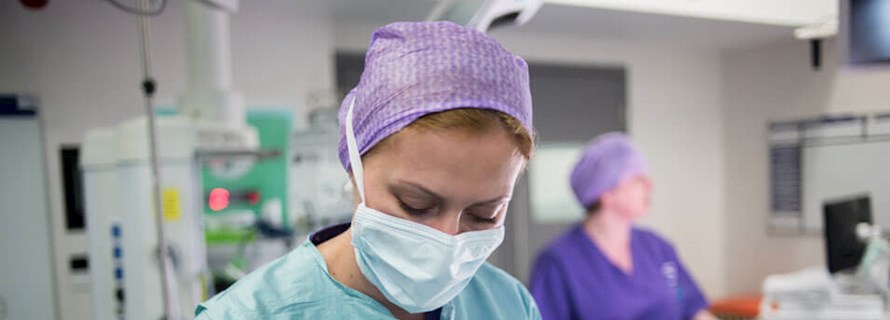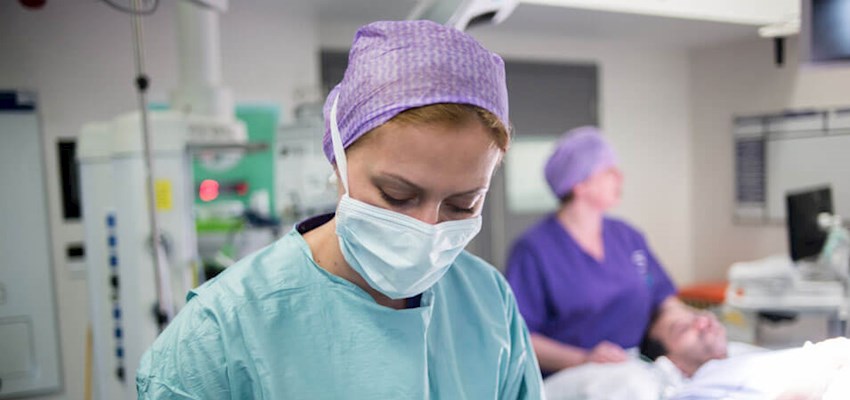Chiari malformation
structural defects in the base of the skull and cerebellum
A congenital neurological condition that can cause neurological problems including balance.
What is a chiari malformation?
Chiari malformation is a condition where brain tissue extends into the spinal canal. This happens when there is a mismatch between the size of brain tissue and the brain cavity, so the tissue is pushed downwards into the spinal canal. This can put pressure on the brainstem and spinal cord, sometimes resulting in the formation of a cyst within the spine.
Need to know
-
Symptoms of Chiari malformation icon plus
Many people with a Chiari malformation have no signs or symptoms so the condition often goes unnoticed. However, symptoms can occur depending on type and severity of the Chiari malformation:
Chiari I: Usually becomes apparent in late childhood/early adulthood. Symptoms can include coughing, headaches and balance problems.If associated with a spinal cyst (syringomyelia), it can also cause poor hand coordination, difficulty walking and difficulty swallowing (syringobulbia).
Chiari II: Always related to an open spina bifida. Symptoms can include changes in breathing, swallowing problems, quick downward eye movements and arm weakness.
-
How is a chiari malformation diagnosed? icon plus
As Chiari malformations have few symptoms, they are often discovered during physical examinations. They may show up on the following tests:
-
Potential treatment options icon plus
If the Chiairi malformation is causing you headaches and pressing on your spinal cord, your consultant may recommend medication or decompression surgery.
Your surgeon will make a cut at the back of your head and then remove a piece of bone removed from the base of your skull. Normally the arch of the first vertebra (C1) is also removed. The bony decompression between the occiput and the C1 vertebra allows the tough outer covering of the brain and spine (dura) to be opened, creating more space for the abnormally-located brain tissue.
Our neurosurgens
At HCA UK we have a neurosciences network of specialists which means our consultants can work together in multi disciplinary teams to manage a range of neurological conditions.
For chiari malformation we have experienced neurologists and neurosurgeons who can help manage and treatment problems associated to this condition.
For chiari malformation we have experienced neurologists and neurosurgeons who can help manage and treatment problems associated to this condition.




Our locations
From complex neurosurgery to diagnostic tests and procedures, we provide exceptional neurological care across our network of hospitals, outpatient centres and specialist clinics.
Request an appointment
We're happy to help you make an appointment with one of our experienced consultants in neurology or neurosurgery
Call us on
020 7079 4344
This content is intended for general information only and does not replace the need for personal advice from a qualified health professional.